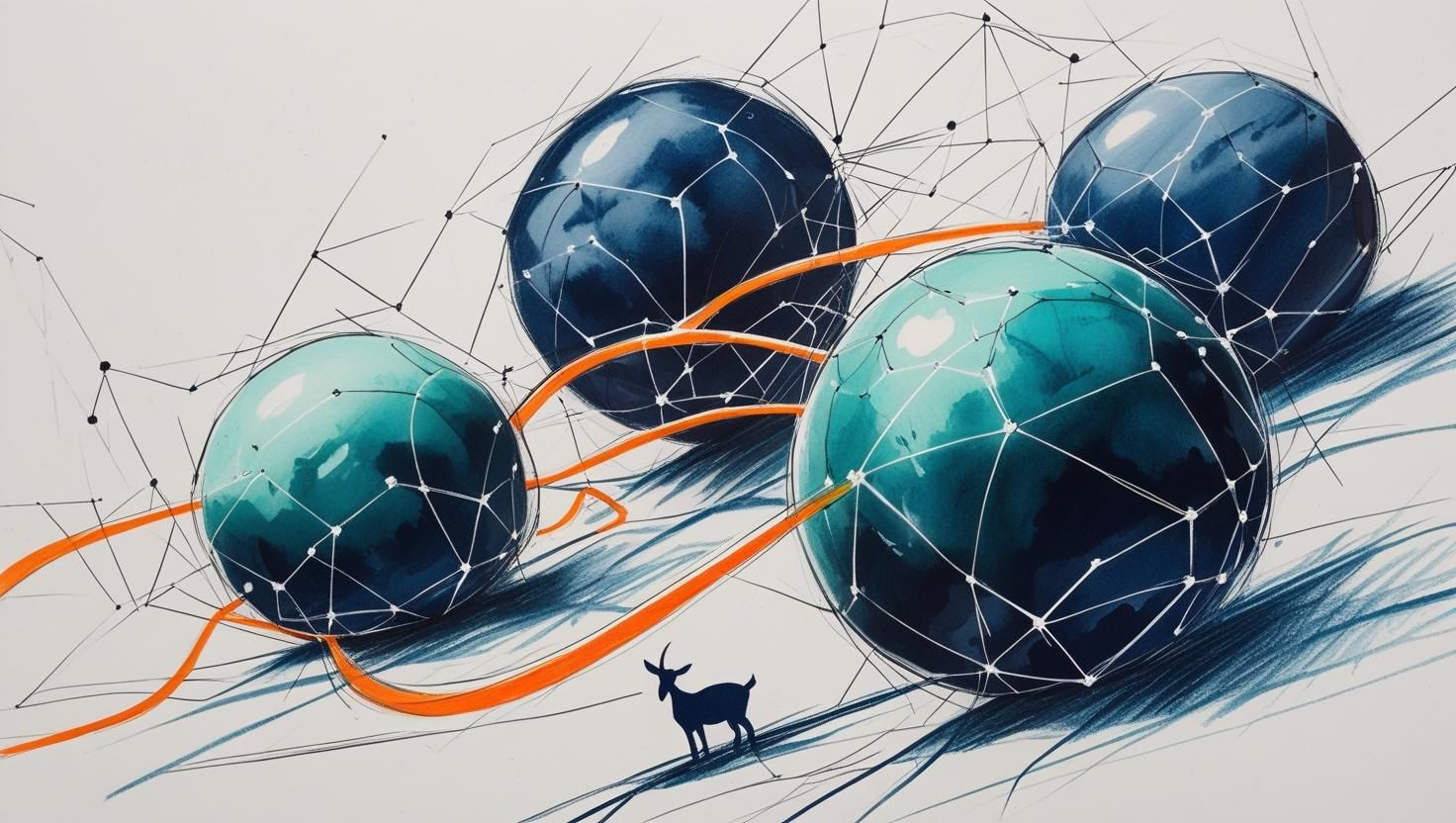In goat reproduction research, some of the biggest answers lie in the tiniest places. This recent study by researchers from Rajamangala University of Technology Tawan-OK (Thailand) and Aix-Marseille University (France) explores how machine learning can help make sense of what’s happening at the cellular level—specifically in granulosa cells, the ovarian sidekicks that quietly do most of the heavy lifting when it comes to egg development.
Granulosa Cells: The Unsung Heroes of the Ovary
Think of granulosa cells as the backstage crew of the ovarian theatre. While the oocyte may be the star, GCs handle everything from hormone coordination to structural support, making sure the egg is actually ready for the big ovulation debut. Their gene expression profiles can tell us a lot about fertility, but only if we know how to read the signals.
And that’s the catch. Despite years of research, there hasn’t really been a go-to method for quantitatively analyzing GC quality, especially not in a way that works on real-world datasets or holds up across different animals. Until now, we’ve mostly been looking at snapshots. What this study tries to offer is more of a live readout.
Making Sense of Single-Cell Chaos
The team worked with scRNA-seq datasets from two goats, one that gives birth to singles (monotocous), and another with a reputation for producing triplets (polytocous). With 44 key genes flagged as differentially expressed, they trained a deep learning model to learn the subtle differences between granulosa cells that support fertility and those that… well, just show up.
Now, don’t worry if you don’t speak neural network. All you need to know is that the model was smart enough to sort the good cells from the less-helpful ones, based on their gene activity. The results? It correctly spotted that the high-fertility goat had way more of the “supportive” type of cells.
Why It’s Not Just Another Chart of Genes
What makes this cool is not the algorithm itself (which, let’s be honest, will probably be replaced by a flashier model next year), but the approach: using AI to bridge the gap between molecular biology and real-world fertility traits. Instead of just cataloguing which genes are doing what, this study puts that information to use by giving us a way to score GC quality, kind of like giving your cells a fertility report card.
One Step at a Time
No one’s saying this will become the gold standard overnight. The authors are upfront that it’s an early-stage model, tested on just two samples. But it’s a proof-of-principle that might help turn thousands of lines of sequencing data into something breeders and researchers can actually use. Not bad for a model that started life on a high-performance server in a Thai university.
If nothing else, it’s a reminder that even in veterinary science, sometimes the next useful tool isn’t a new microscope, it’s a well-trained algorithm that knows its granulosa cells.
References
- Sananmuang T, Puthier D, and Chokeshaiusaha K (2025) A hybrid 1DCNN-GRU deep learning framework for classifying caprine granulosa cell fertility potential using single-cell transcriptomics, Veterinary World, 18(7):1922–1935.
